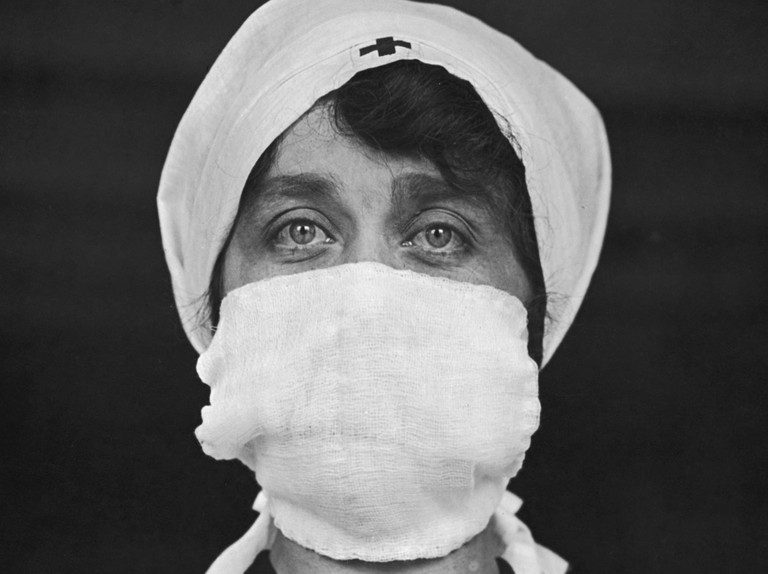By: Julia Ries
Historically, most pandemics last between 2 and a half to 3 and a half years.
Over time, pandemic viruses typically mutate and evolve into an endemic disease that circulates at lower, more manageable levels.
This was the case with the influenza strain behind the 1918 flu pandemic and some virologists hope this may be happening with SARS-CoV-2, the virus that causes COVID-19.
Early reports suggest that the Omicron variant may cause milder infections, potentially due to its unique collection of mutations along with the buildup of immunity across the globe.
Still, it’s too early to know for certain how the COVID-19 pandemic will play out.
While experts generally believe viruses often mutate to become less dangerous, it’s not a 100 percent guarantee this is currently happening with the coronavirus.
Furthermore, 2021 is nothing like 1918, and the vaccines, global travel, data, and therapeutics we now have access to will significantly influence the trajectory of this pandemic.
“Since COVID-19 infections have a high number of asymptomatic transmitters, we may not fully understand how societal and environmental pressures — masks, distancing, remote working, etc. — on the virus will allow it to evolve,” said Rodney E. Rohde, PhD, a virologist and professor of clinical laboratory science at Texas State University.
What happened to the 1918 flu strain?
Within a few years, the influenza strain behind the 1918 pandemic became less life threatening.
Dr. Keith Armitage, a professor of medicine in the division of infectious diseases at Case Western Reserve University, says this is likely due to a combination of herd immunity and the virus mutating to produce a less severe illness.
The 1918 influenza strain never disappeared, rather it continued to mutate and a version of it continues to circulate to this day.
“If you think about the way viruses behave, biologically, their reason for living is to replicate and spread, and there’s really no advantage for the virus to kill the host,” said Armitage.
What a virus wants to do is infect a host and be contagious so it can infect another host and it can continue to spread.
As part of this process, respiratory viruses often mutate and become less virulent and therefore less of a serious health issue.
“The 1918 influenza virus eventually mutated to the point of not having a high number of deaths — again, eventually over 3 years or so. We may very By: Julia Ries
well be witnessing this process with ongoing variants of SARS-CoV-2,” said Rohde, noting that there is too much uncertainty to know if this is definitely the case.
Will this pandemic end similarly?
We have significantly more data about the COVID-19 pandemic than we do about the 1918 influenza pandemic.
We also have more tools to combat the coronavirus than people did back in 1918 including data about who is most at risk from COVID-19 along with vaccines and therapeutics.
But that data is ongoing and rapidly changing, said Rohde.
With new variants come new questions about where the pandemic is headed, and whether or not we will need annual boosters or modified vaccines.
“The hope is, that if the pandemic doesn’t go away, we will get new variants that are highly contagious but don’t produce much of a clinical illness,” said Armitage.
And between those mutations, less virulent strains, natural immunity, and vaccine-induced immunity, we’ll eventually get out of this.
Whether that is with Omicron or new variants we have yet to meet remains unclear.
“We’d all like it to be sooner rather than later, of course,” Armitage said.
Historically, most pandemics end within 2 to 3 years as the virus mutates into a less virulent pathogen and the population builds up immunity. This is what happened to the influenza strain behind the 1918 flu pandemic, and what many virologists hope will happen with the coronavirus — whether that happens with Omicron, a variant that appears to cause milder infections, or another future variant is unknown.
Source: Healthline
https://www.healthline.com/health-news/what-we-can-learn-from-the-1918-flu-pandemic-as-the-omicron-variant-spreads















